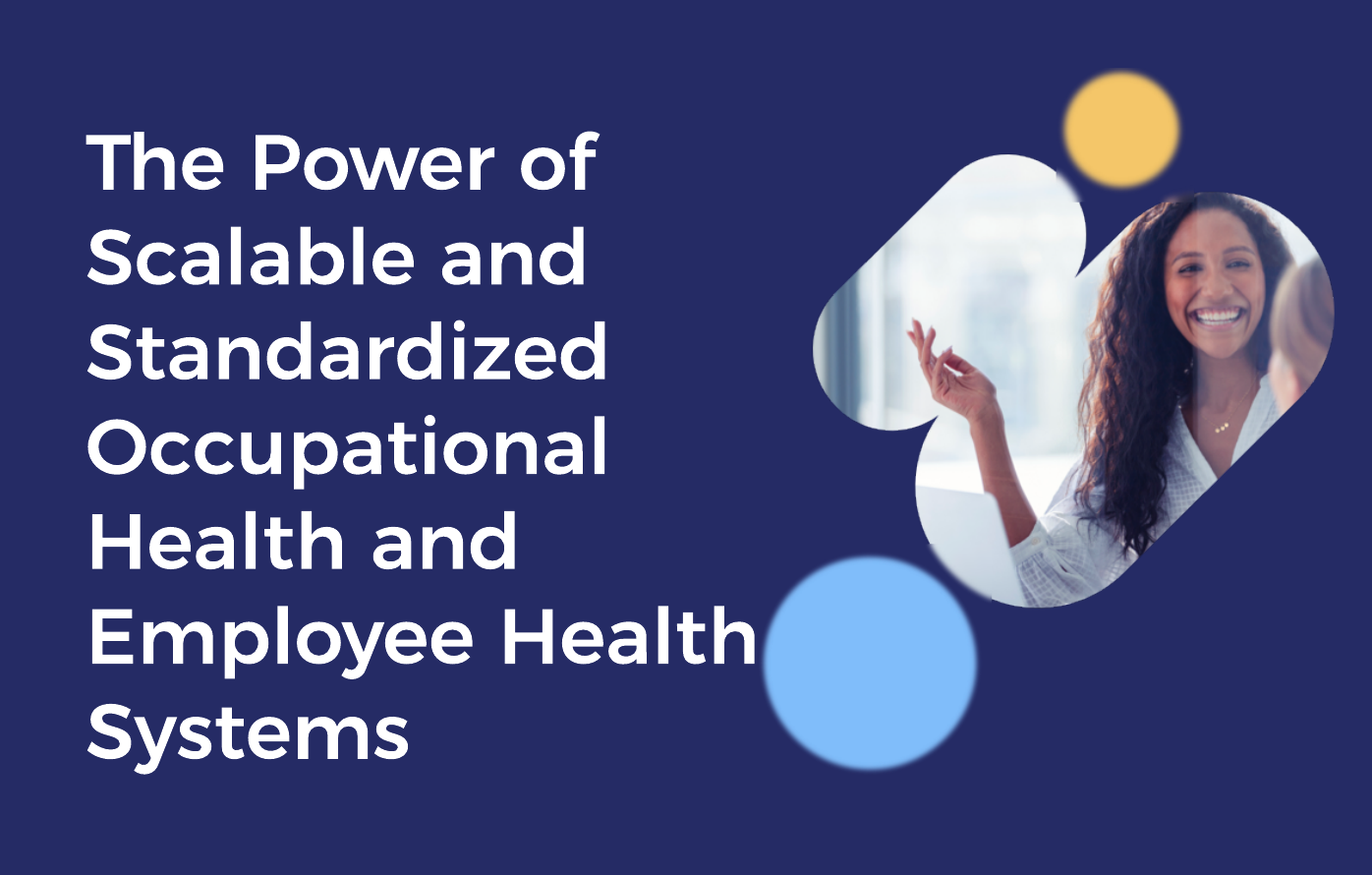In today’s fast-paced business world, organizations focus more on their employees’ well-being. Occupational and employee health systems are essential for keeping workers safe and healthy. To get the best results, it’s important to have scalable and standardized healthcare systems.
Understanding Scalability in Occupational Health Systems
Scalability refers to the ability of a healthcare system to adapt and grow in response to changing demands and organizational needs. In occupational health, a scalable system is important for long-term success due to changing workforce size and requirements.
The Advantages of a Scalable Occupational Health System
- A scalable system can cater to organizations of all sizes, from startups to large enterprises. It easily adjusts to accommodate changing regulations and industry requirements, ensuring that it always prioritizes employee health.
- Implementing a scalable occupational health system can save money and time for big organizations. This is because it makes processes more efficient and reduces administrative work. This efficiency translates to cost savings and improved resource allocation.
- A scalable system can efficiently work with other healthcare systems, allowing smooth data sharing and communication between departments and stakeholders. Interconnectivity enhances the management of healthcare.
Understanding Standardization in Occupational Health Systems
Standardization involves establishing uniform protocols and procedures in healthcare systems. In occupational health, standardization ensures consistency in care delivery and compliance with regulations.
The Advantages of Standardization in Occupational Health Systems
- A standardized system guarantees the same care for all employees, no matter where they are in the organization. This consistency minimizes the risk of errors and discrepancies in treatment, fostering trust and confidence among employees.
- Compliance and Regulatory Adherence: Standardized protocols help organizations meet industry standards and government regulations effectively. Organizations can minimize legal risks and potential liabilities by adhering to established guidelines.
- Standardization helps collect and analyze data, giving a better understanding of employee health trends and areas to improve. It also ensures accurate and comprehensive reporting to key stakeholders.
The Synergy between Scalability and Standardization
Scalability and standardization are not mutually exclusive; they work hand in hand to optimize occupational health and employee health systems. A scalable system can quickly adapt to different workforce sizes and needs by extending or adjusting standard protocols and procedures. When combined, these elements create a robust and efficient healthcare ecosystem.
Overcoming Challenges in Implementing Scalable and Standardized Occupational Health Systems
Implementing scalable and standardized systems may present challenges, such as resistance to change and concerns about technology integration. Organizations can overcome these obstacles by providing thorough employee training and leveraging advanced technologies that streamline healthcare processes.
The Future of Occupational Health Systems: Embracing Scalability and Standardization
As the landscape of occupational health evolves, scalability and standardization will remain crucial elements for effective healthcare management. By adopting these elements, organizations will be ready for the future, when advanced technology will improve employee health and well-being.
Conclusion
Organizations should prioritize scalability and standardization in their health systems for employees to improve workforce health and productivity. Implementing scalable and standardized health programs and initiatives achieves this. By doing so, organizations can ensure their employees can access consistent and effective health resources and support.
This can result in a healthier and more productive workforce, which is important for flexible and reliable healthcare. It ensures that employee health is a top priority in the changing work environment. Organizations can create a thriving work environment where employees can succeed by adopting scalability and standardization.
Related Articles
- All Posts
- Articles
- Case studies
- Integrations
- Learn About Us
- New Hire Onboarding
- On Demand Webinar
- On Demand Webinar Asset
- Release Notes


